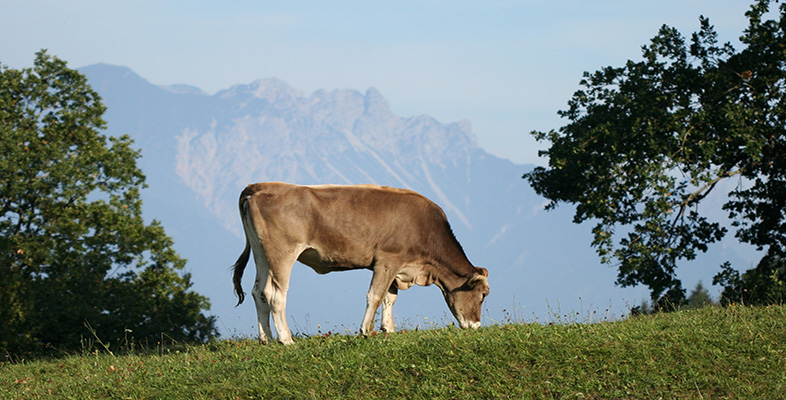8.3 Shortage of minerals
You may be familiar with salt licks that are provided for domesticated cattle. In the wild, grass is also often low in minerals (e.g. it has almost no sodium and very little calcium), so grazers may have to go to extraordinary lengths to supplement their diet with additional minerals obtained from the most unlikely places. LoM gives some examples, but the most impressive activity takes place in the caves of Mount Elgon in Kenya [pp. 113-114]. You'll probably recall this spectacular footage from the TV programme (14.00-18.00), which showed bushbuck, buffalo and elephants in the cave, all obtaining salts from the cave. Indeed, elephants have an enormous requirement for sodium, having excavated many millions of tonnes of sodium-containing rock over a period of more than two million years. Sodium has a variety of important functions in the body, and in many herbivores - perhaps elephants included - it is thought to be especially important in the synthesis of chemicals that counteract the effect of ingested toxins.
